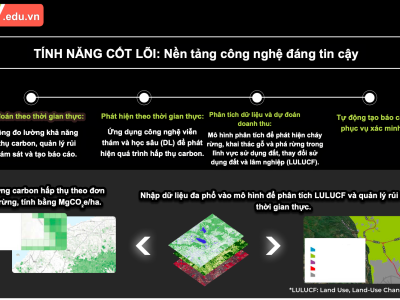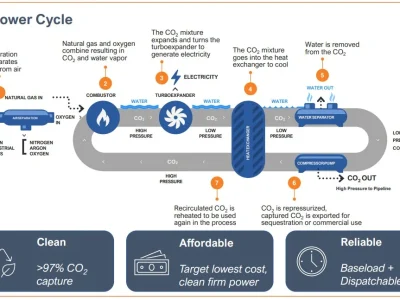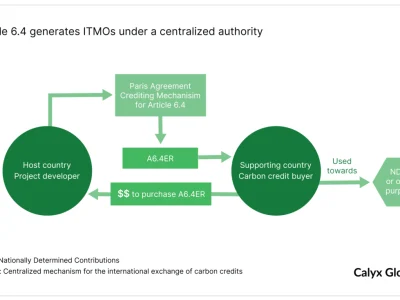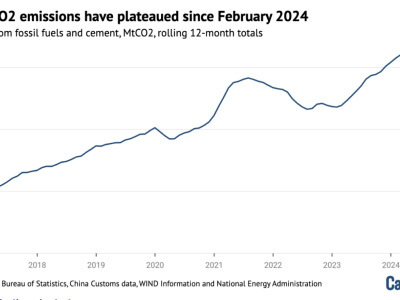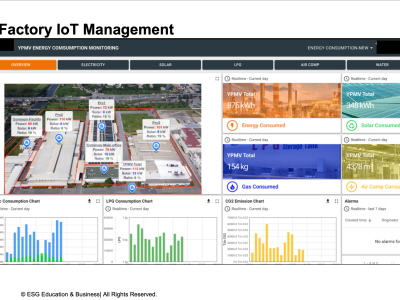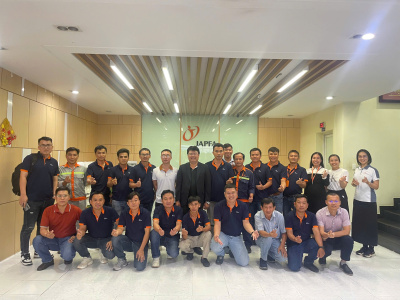 Chuong trinh dao tao
Chuong trinh dao tao
What makes Vietnamese coconuts particularly attractive in the US and Chinese markets?
Currently, Vietnamese coconuts are increasingly popular in major markets such as the US and China, creating a breakthrough export growth momentum. Only in the first 2 months of 2025, Vietnam’s exports of processed coconut products will reach 43.8 million USD, up 86% over the same period last year. Fresh coconut exports also earned 33.3 million USD.
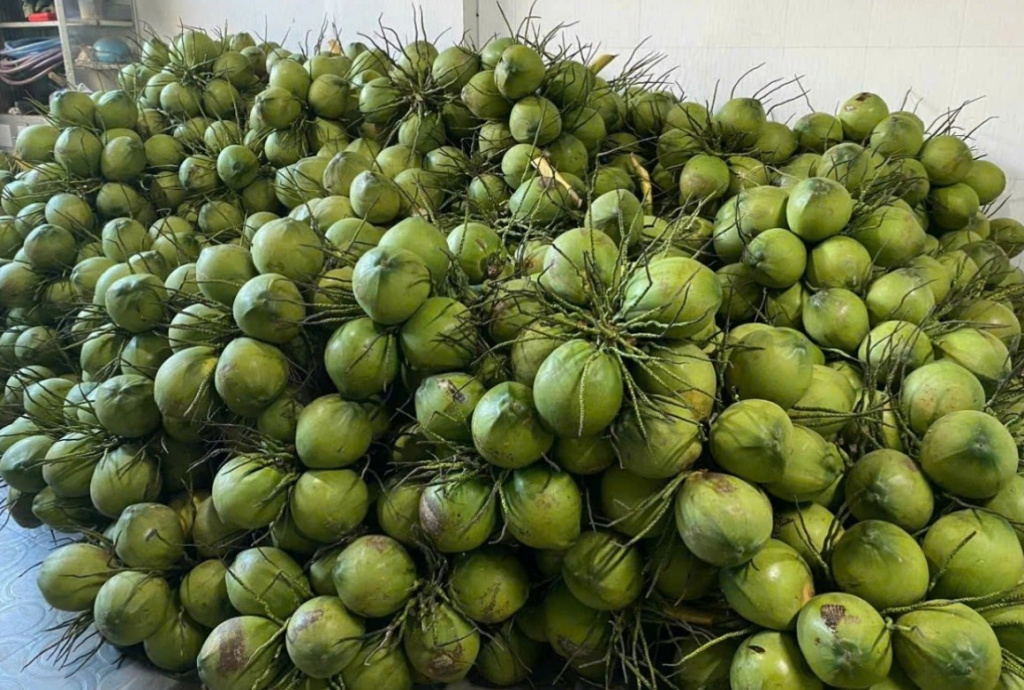
According to data published by the Vietnam Fruit and Vegetable Association (VINAFRUIT), in February, fresh coconut exports reached 13.4 million USD, up 45% over the same period last year. Accumulated in the first 2 months of the year, fresh coconut exports earned 33.3 million USD, up 18% over the same period last year.
Exports of coconut processed products increased sharply, in February reaching 23 million USD, up 112% over the same period last year. Accumulated in the first 2 months of the year, exports of processed coconut products reached 43.8 million USD, up 86% over the same period last year.
According to VINAFRUIT, the sharp increase in revenue from coconut exports is that this Vietnamese coconut is increasingly popular in major markets such as the US and China. In just the first 2 months of the year, coconut exports to the US reached over 17 million USD, up 46% over the same period last year. Vietnam has also become the 3rd largest supplier of coconuts to China, accounting for more than 20% of the market share in the country.
Mr. Dang Phuc Nguyen – General Secretary of VINAFRUIT – said: “Americans and Chinese especially love Vietnamese coconut because of its characteristic aroma and sweetness. Coconut exports have many advantages such as easy transportation and long storage time. In addition, coconuts can be processed into many other products such as: Dried coconut, coconut milk, canned coconut water… so it is popular in many markets”.
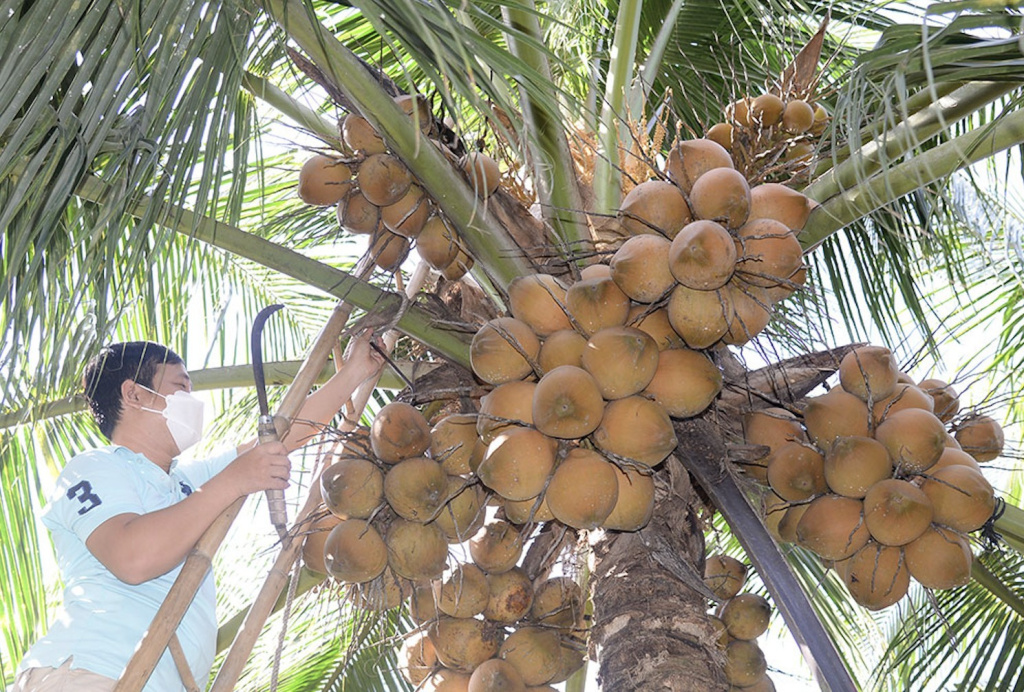
More than 600 enterprises operating in the field of manufacturing and processing coconut products are creating great advantages for the export industry. Vietnam is currently ranked fourth among the countries exporting many coconut products in the Asia-Pacific region and ranked 5th in the world. Vietnamese coconut is also popular in fastidious markets such as the European Union, Canada and South Korea.
In particular, Thailand has recently switched production from dried coconuts to fresh coconuts, so there is a shortage of raw materials, increasing imports of raw coconuts from Vietnam. Experts assess that Vietnamese coconuts are able to compete with goods from Thailand, thanks to the refreshing sweetness of the Siamese coconut variety, which is popular in many markets such as the EU, the US, Canada and South Korea.
According to the Vietnam Coconut Association, this year the coconut is out of season, so the output is small, while the demand for domestic consumption and export is very high. This has helped the price of fresh coconut and raw dried coconut increase sharply, and coconut farmers are more profitable.
It is forecasted that when the weather begins to turn into a hot summer, the demand for fresh coconuts both domestically and internationally will continue to increase sharply. This can cause the price of coconuts to rise, because in August and September, coconuts are harvested in the main season.
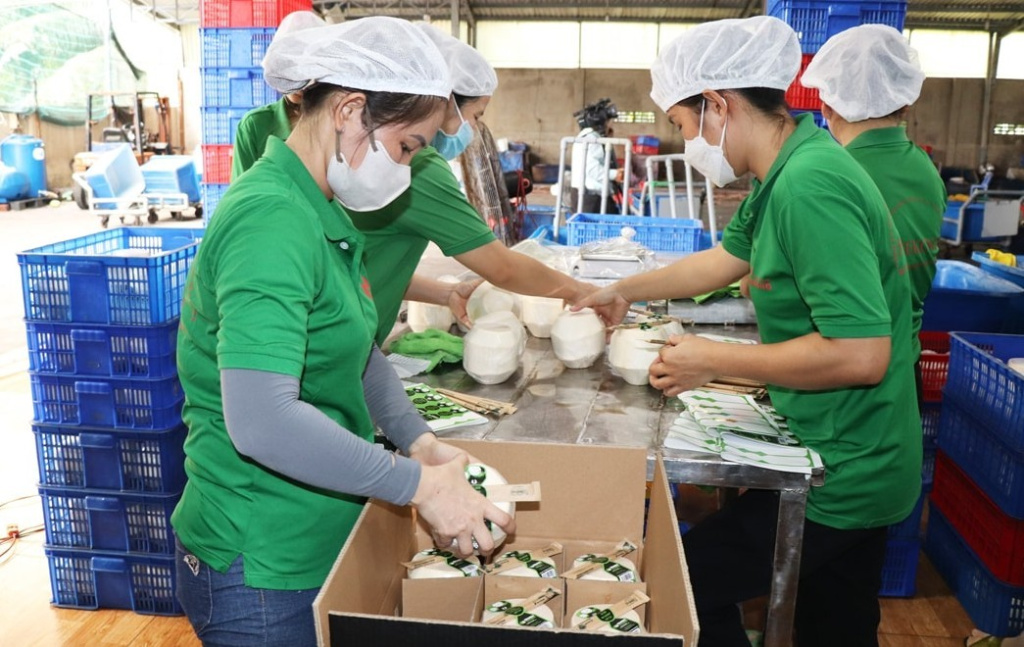
According to the Vietnam Coconut Association, up to now, fresh coconuts have been exported to more than 40 countries around the world. With a sweet and cool taste, the Siamese coconut variety easily accesses fastidious markets. In addition, the preservation technology is good, the storage time can be up to 70 days, helping fresh coconuts for export still ensure quality when reaching consumers. Coconut products are also diverse, so Vietnamese coconuts are popular in many markets.
According to the Ministry of Agriculture and Rural Development, the country currently has 200,000 hectares of coconuts, with an output of 2 million tons/year. One-third of the area meets organic standards according to American and European standards, mainly in the Central region and the Mekong Delta. Ben Tre Siamese coconut has been granted a geographical indication, with 133 planting area codes and more than 8,300 hectares for export.
Coconut is one of 6 types of trees included in the project and approved for the project to develop key industrial trees by 2030, bringing economic efficiency to people in many provinces and cities./.


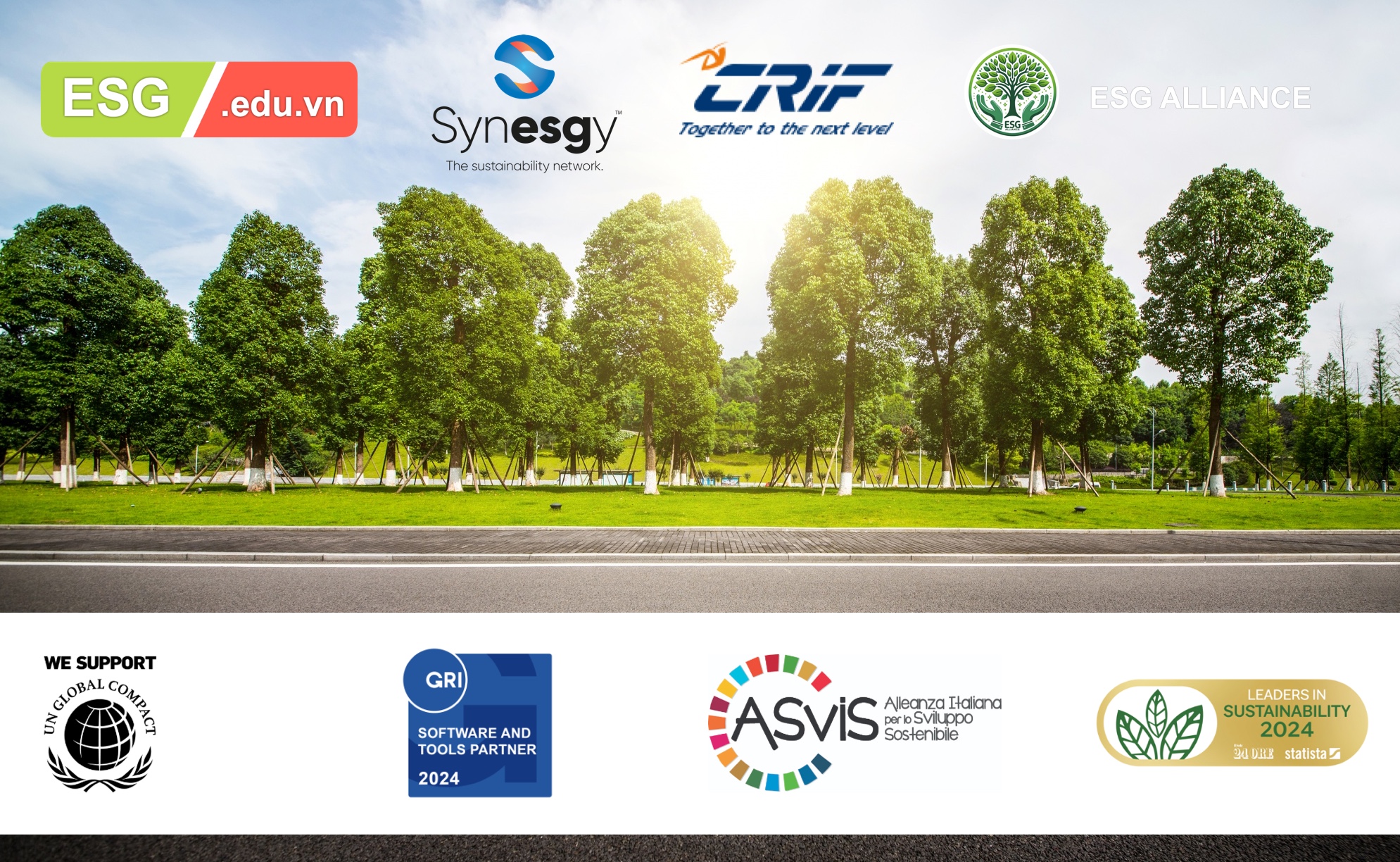











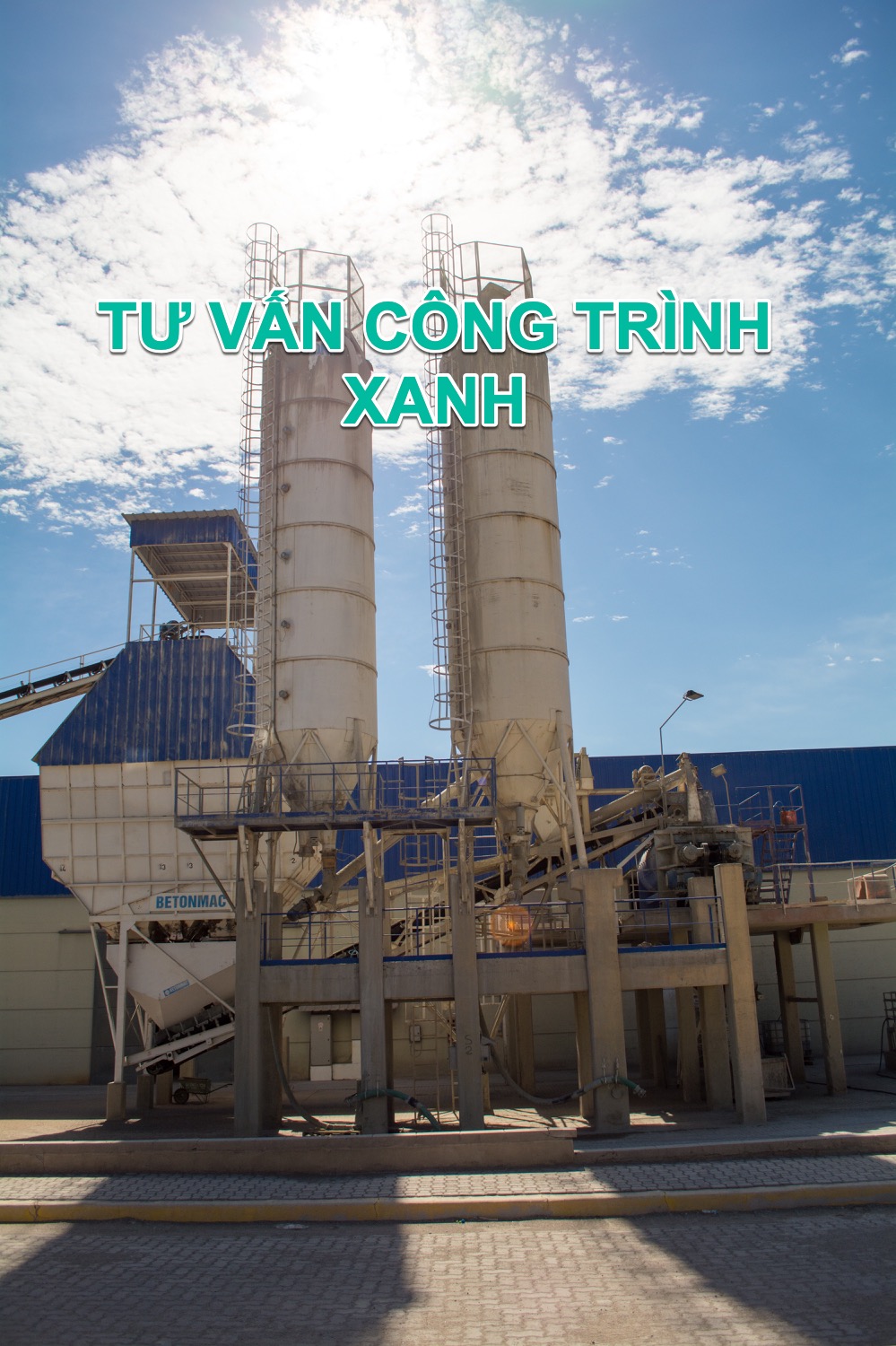
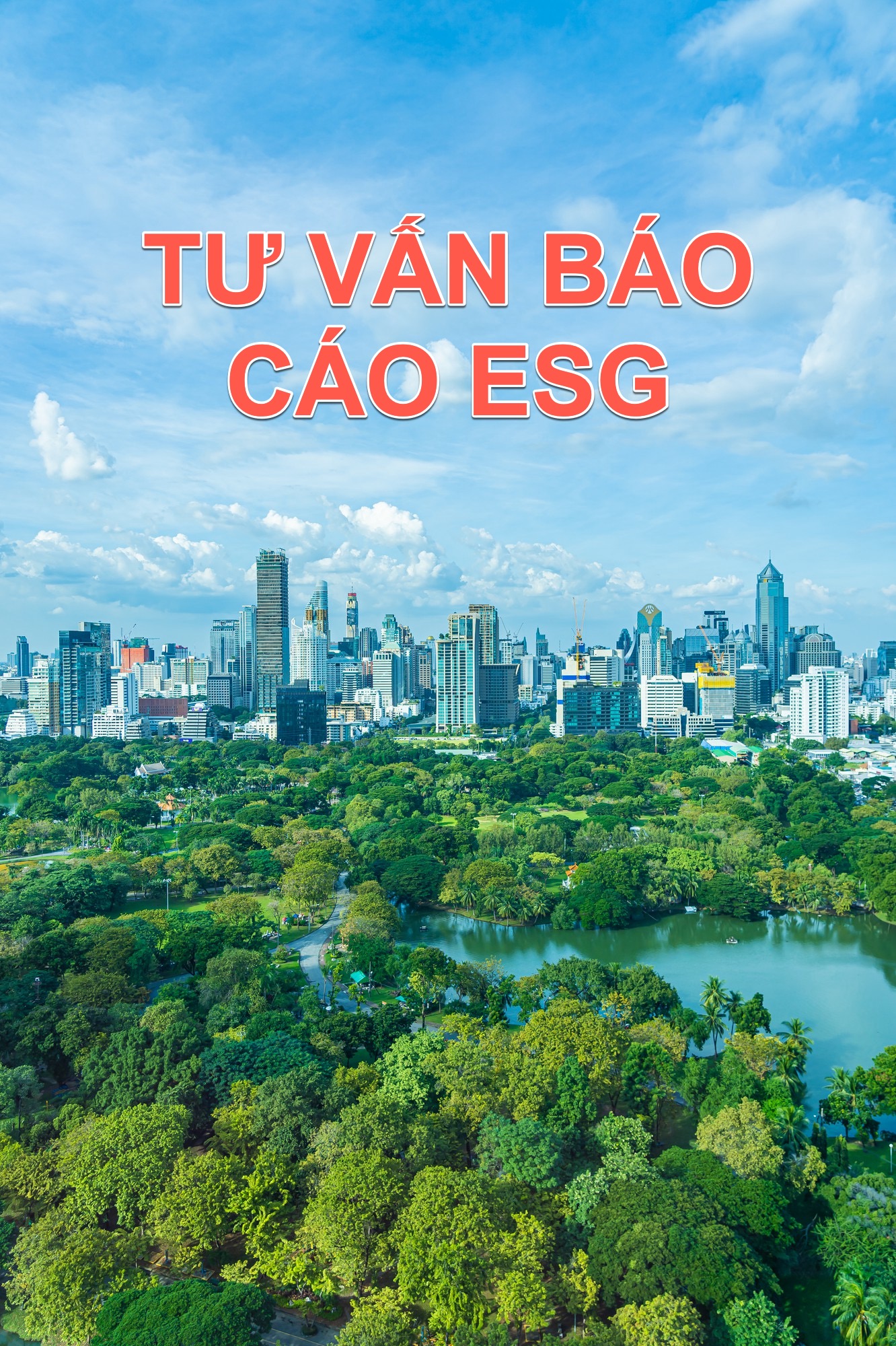

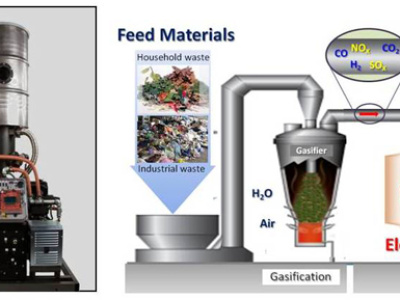
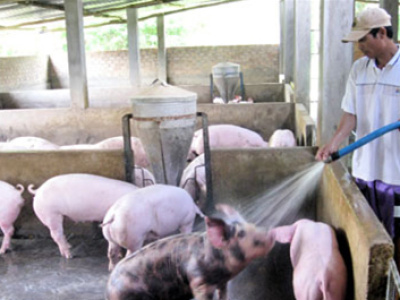
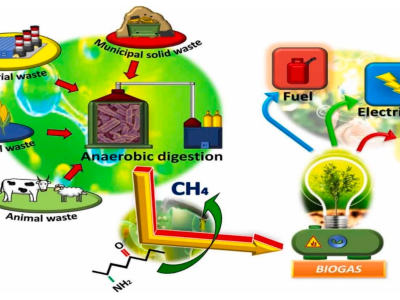
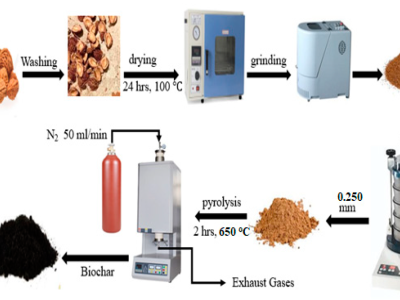
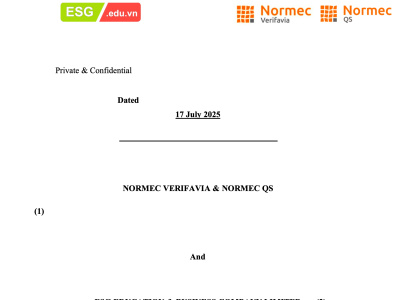
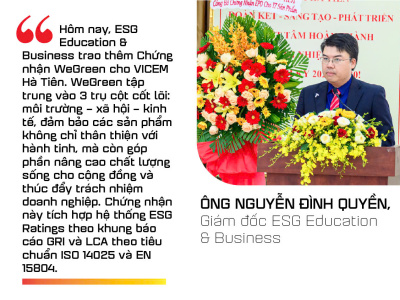
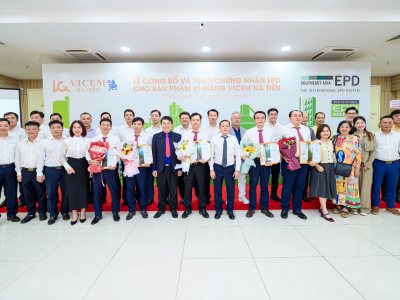
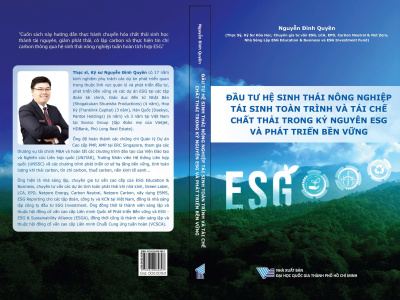


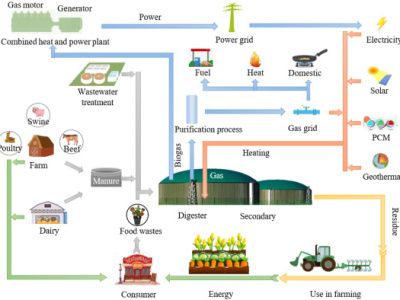
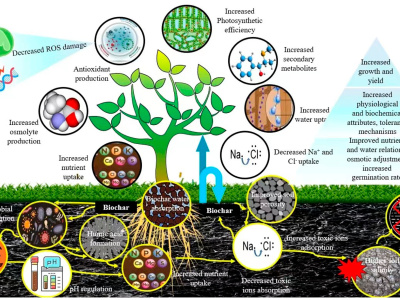

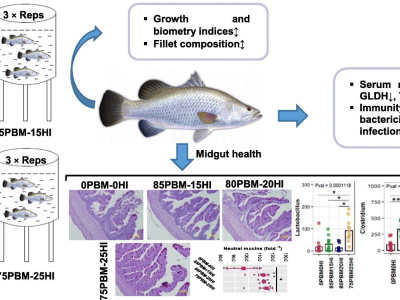
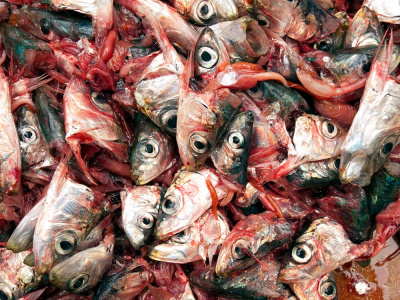
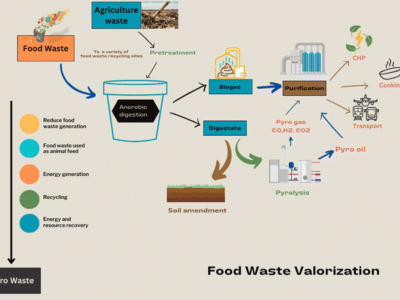

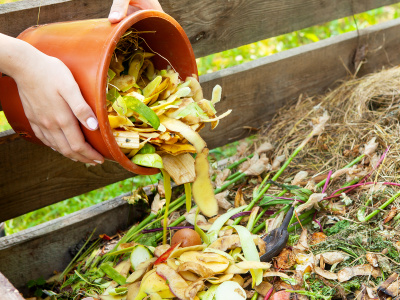
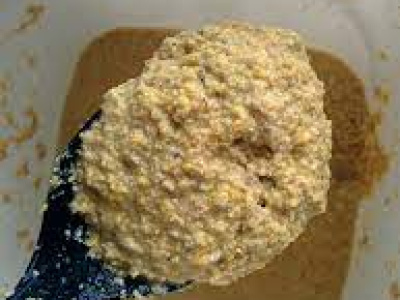
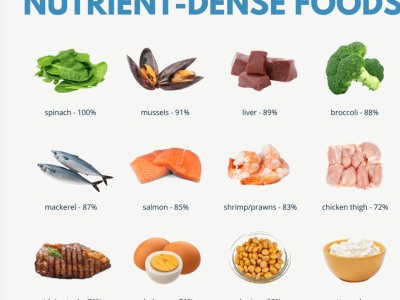
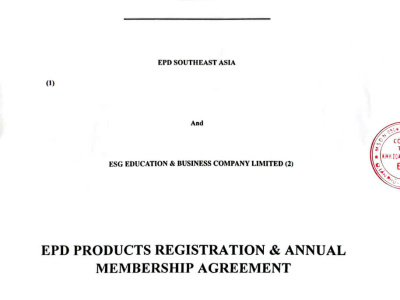
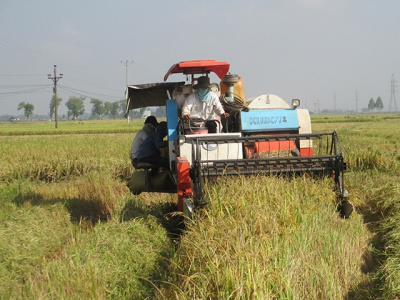
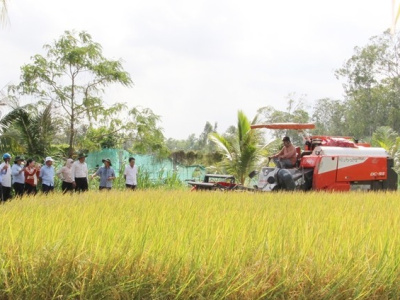
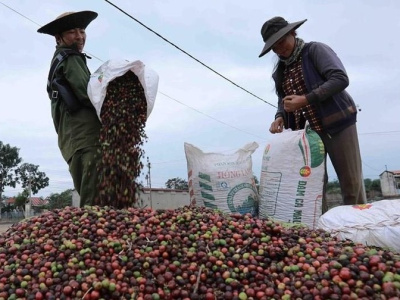
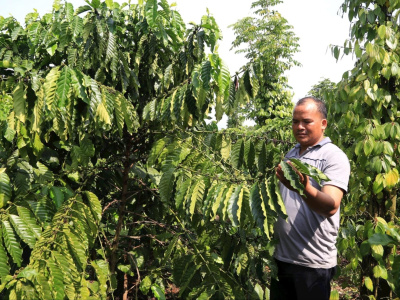
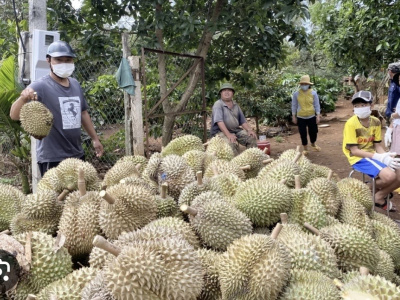
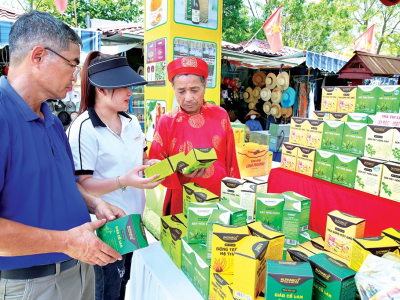
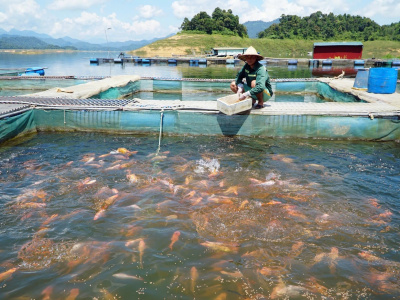
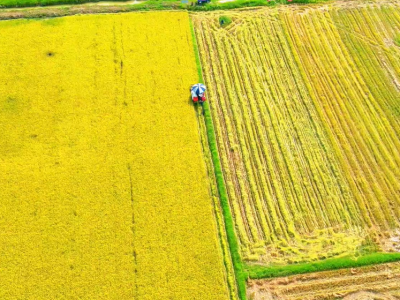
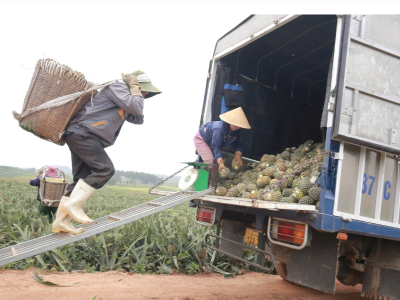
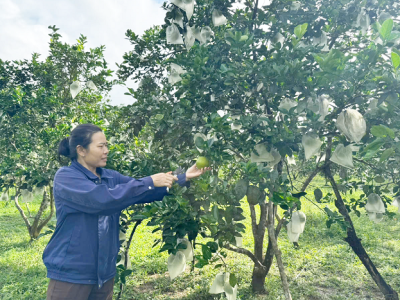
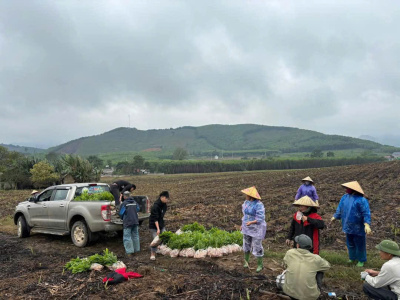
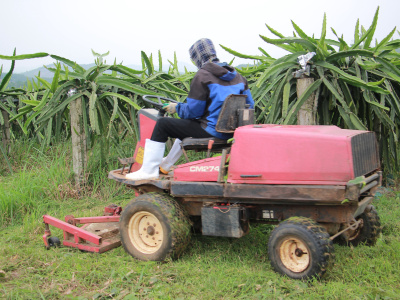
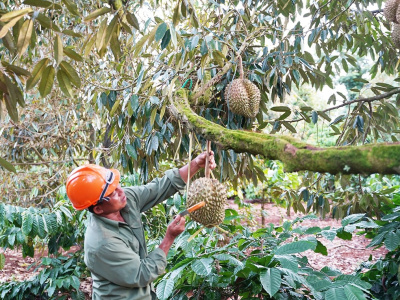
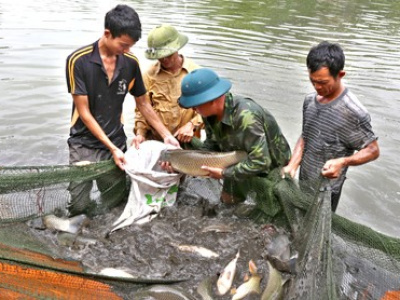
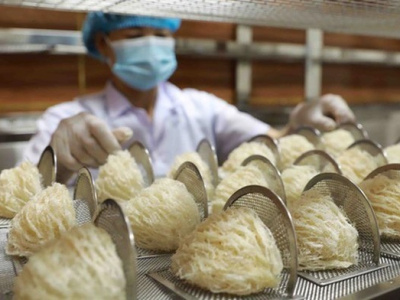
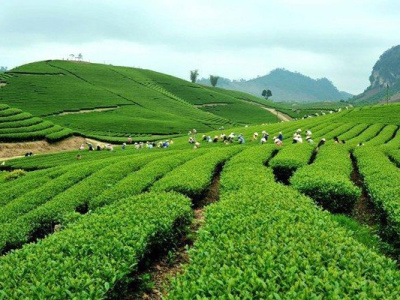
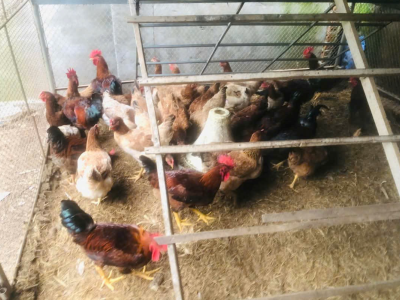
![NGUYỄN ĐÌNH QUYỀN [VN]](https://aseanfarmers.com/wp-content/uploads/NGUYEN-DINH-QUYEN-VN-400x300.png)
